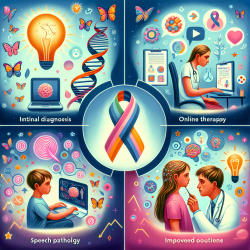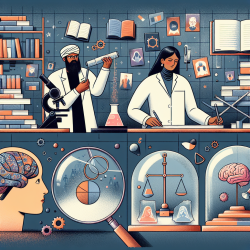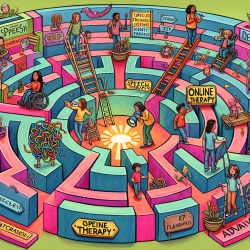Key Findings from the Study
The study conducted a multicenter, randomized controlled trial using a two-stage Zelen design. Children aged 15-36 months with a developmental quotient (DQ) of 30 or above were included. The experimental group received 12 hours per week of ESDM, while the control group received standard community care. The primary outcome measured was the change in cognitive level, assessed using the Mullen Scale of Early Learning (MSEL) over a two-year period. Key findings from the study include:- Significant improvement in cognitive levels for children receiving ESDM compared to the control group.
- Enhanced social interactions and communicative behaviors in the ESDM group.
- Improvement in parents' quality of life due to better management of autism symptoms.
Implementing ESDM in Practice
Based on these findings, practitioners can consider integrating ESDM into their therapy sessions to enhance cognitive and social outcomes for children with ASD. Here are some steps to implement ESDM effectively:1. Formal Training
Ensure that therapists receive formal ESDM training and achieve a score above 80% on the ESDM fidelity scale. This guarantees that the intervention is delivered with high fidelity, maximizing its effectiveness.2. Individualized Therapy
ESDM is an individualized therapy where one therapist works with one child. Set 20-25 behavioral and developmental objectives every 12 weeks based on observations and assessments. Adjust the intervention according to the child's development.3. Parental Involvement
Involve parents in the therapy process. Provide them with ESDM techniques to use in daily activities, enhancing the generalization of skills. Encourage parents to have special ESDM time (around 30 minutes per day) in addition to the weekly therapy sessions.4. Natural Environment Integration
Conduct part of the therapy in the child's natural environment (home, nursery, or preschool). This helps in generalizing the skills learned during therapy to real-life situations.5. Continuous Evaluation
Regularly evaluate the child's progress using standardized tools like the MSEL and adjust the therapy plan accordingly. This ensures that the intervention remains effective and tailored to the child's needs.Encouraging Further Research
While the study provides compelling evidence of the benefits of ESDM, further research is essential to explore its long-term effects and applicability across diverse populations. Practitioners are encouraged to contribute to this growing body of knowledge by:- Conducting longitudinal studies to assess the sustained impact of ESDM.
- Exploring the effectiveness of ESDM in different cultural and socioeconomic contexts.
- Investigating the integration of ESDM with other therapeutic approaches.
To read the original research paper, please follow this link: Impact of the Early Start Denver Model on the cognitive level of children with autism spectrum disorder: study protocol for a randomised controlled trial using a two-stage Zelen design.










